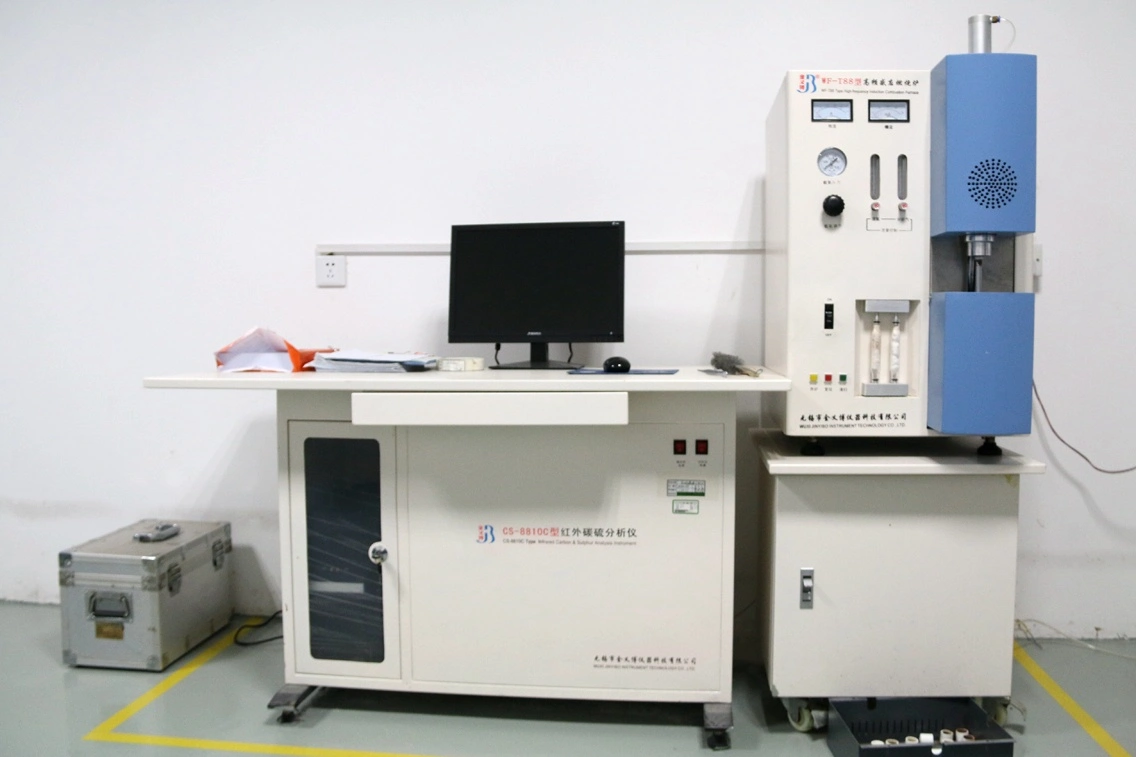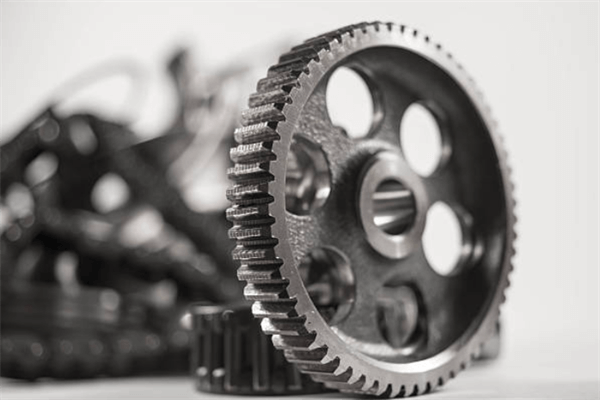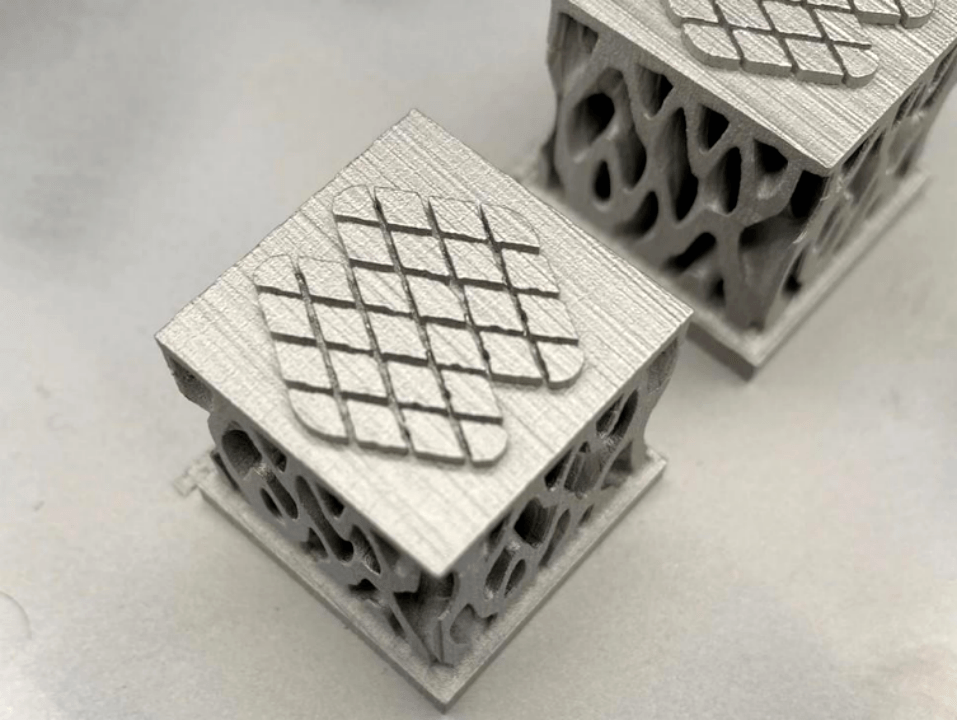How do 3D-printed carbon steel parts compare to traditionally manufactured parts?
How Do 3D-Printed Carbon Steel Parts Compare to Traditionally Manufactured Parts?
Mechanical Strength and Performance
3D-printed carbon steel parts, when processed with proper post-treatment, can achieve mechanical properties comparable to forged or machined parts. Alloys like Tool Steel H13 and AISI 4140 demonstrate high tensile strength, hardness, and wear resistance. However, as-printed parts may contain residual stress or internal defects that reduce fatigue life—issues that are addressed through heat treatment and Hot Isostatic Pressing (HIP).
Property | 3D-Printed Carbon Steel (Post-Processed) | Traditional Manufacturing |
|---|---|---|
Tensile Strength | 900–1300 MPa | 850–1250 MPa |
Hardness (HRC) | 45–60 | 45–62 |
Fatigue Life (Polished) | Comparable to forged | High (machined surface) |
Corrosion Resistance | Alloy-dependent | Alloy-dependent |
Geometric Freedom and Part Consolidation
3D printing enables the fabrication of complex geometries such as conformal cooling channels, internal passages, and lightweight lattice structures that are not possible with traditional forging or machining. This provides significant functional advantages in tooling, automotive, and aerospace applications by enhancing performance and reducing assembly.
Lead Time and Customization
Additive manufacturing shortens lead times by eliminating tooling, allowing direct production from CAD files. This is particularly beneficial for low-volume production, spare parts, and design iterations. Traditional methods require longer setup for forging dies, molds, or multi-step machining processes.
Surface Finish and Tolerance
As-printed carbon steel parts have higher surface roughness (Ra >10 µm) compared to machined surfaces. While functional for many industrial applications, critical surfaces may require CNC machining, electropolishing, or coating to match traditional finish levels.
Material Efficiency and Sustainability
3D printing offers near-net-shape fabrication, minimizing material waste and reducing machining time—especially valuable for high-alloy tool steels like D2 and M2, which are costly and difficult to machine conventionally.
Summary Table: 3D Printing vs Traditional Manufacturing
Feature | 3D-Printed Carbon Steel | Traditional Carbon Steel |
|---|---|---|
Design Complexity | High (freeform, internal paths) | Limited (machining constraints) |
Tooling Required | None | High (dies, molds) |
Lead Time | Short | Long (tooling + setup) |
Surface Finish (as-built) | Rough (Ra > 10 µm) | Smooth (machined) |
Post-Processing Needed | Yes (HIP, machining) | Sometimes (hardening, finish) |
Recommended Services for Optimal Performance
Carbon Steel 3D Printing: Tool steels like H13, D2, M2, and structural grades like AISI 4140
HIP: For density and fatigue improvement
Heat Treatment: For hardness and stress relief
CNC Machining: For surface finish and dimensional precision
Surface Treatment: For wear and corrosion performance



